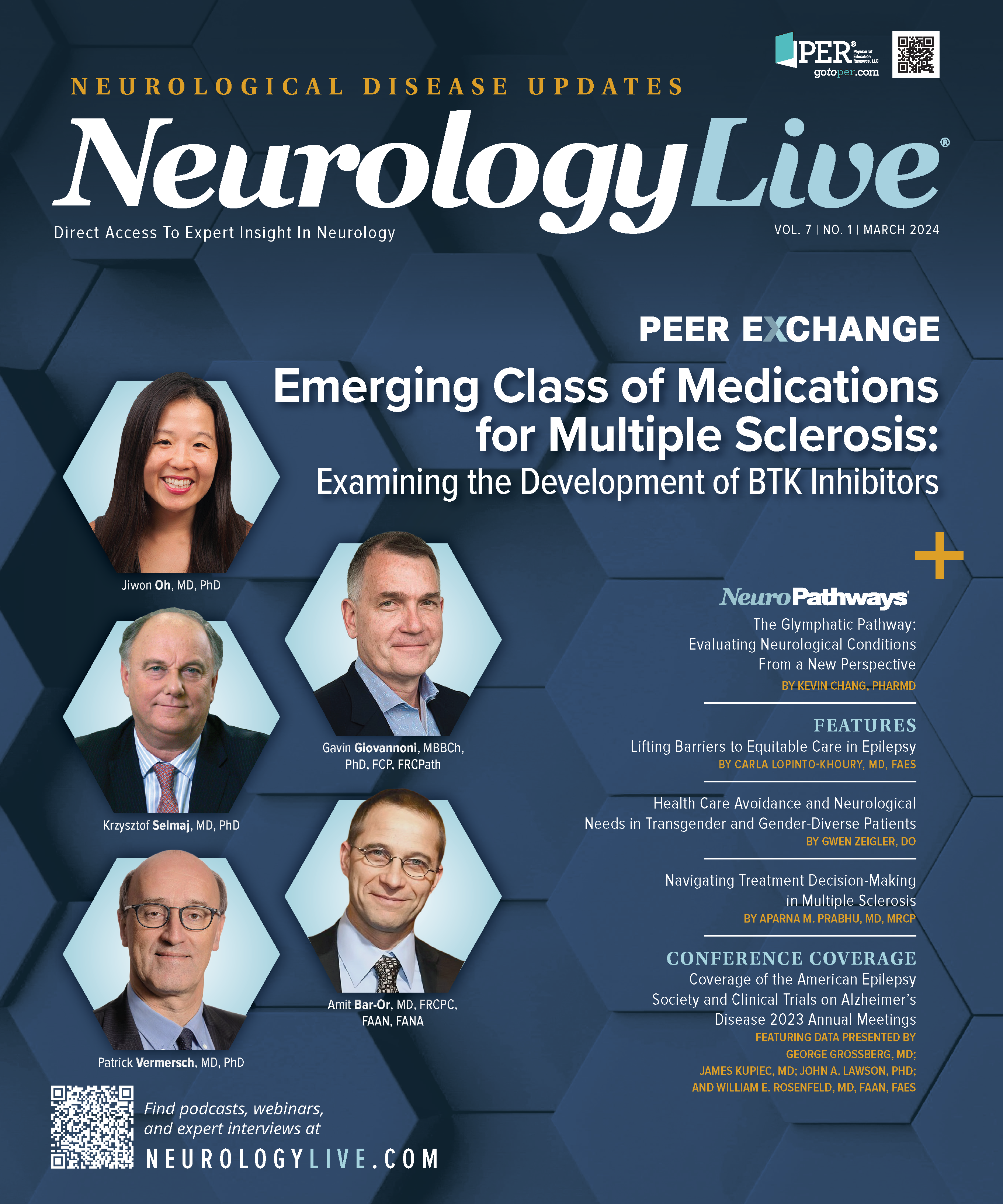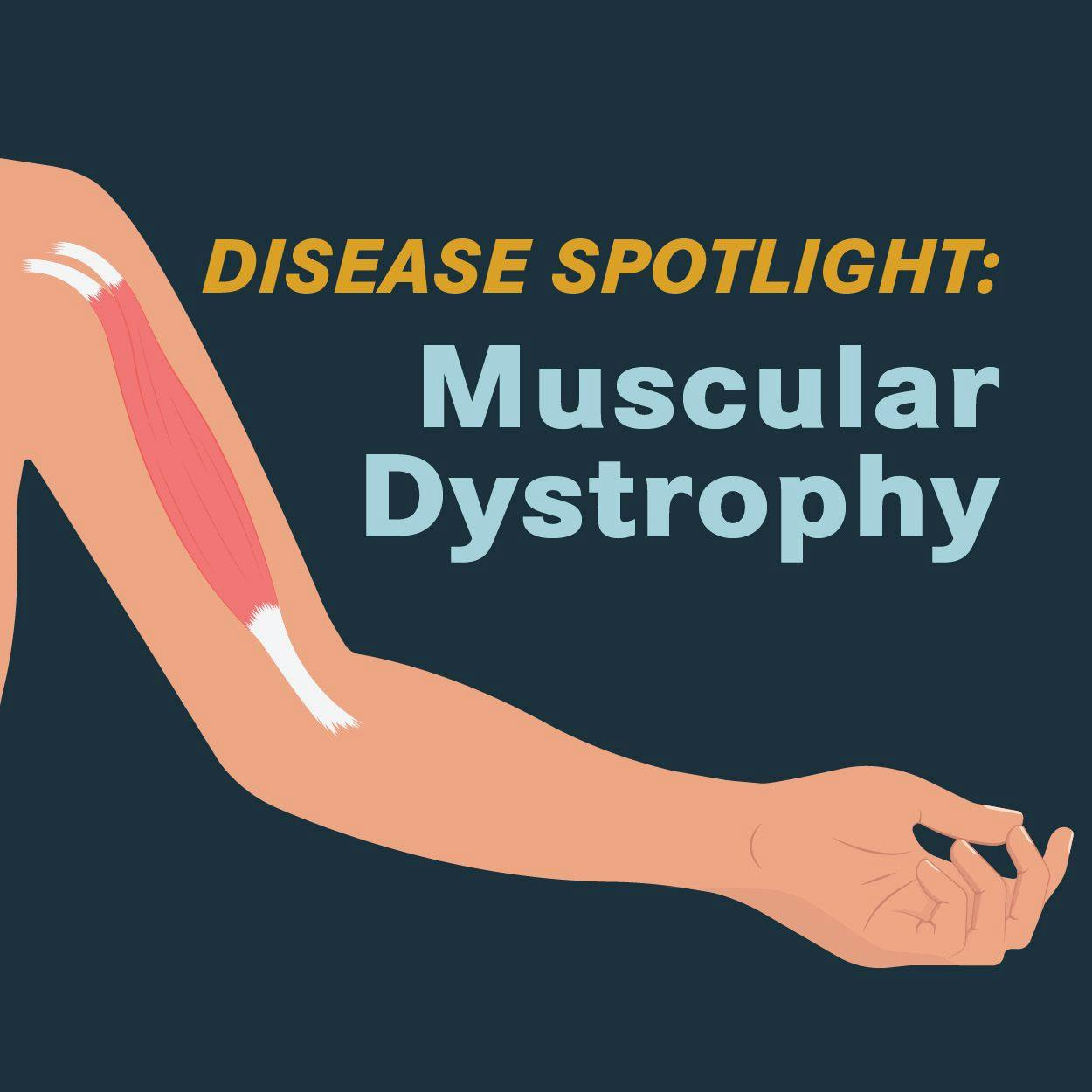News
Article
NeurologyLive
FDA Extends Review Time for Italfarmaco’s Duchenne Agent Givinostat
Author(s):
Givinostat, a HDAC inhibitor, was supported by data from the phase 3 EPIDYS study, a randomized, double-blind, placebo-controlled, multicenter trial.
Paolo Bettica, MD, PhD

Weeks before a decision was expected to be made for Italfarmaco’s investigational agent givinostat, the FDA informed the company it has extended the review process, with a new scheduled PDUFA of March 21, 2024. Givinostat, a proprietary histone deacetylase (HDAC) inhibitor, is currently in development as a treatment for Duchenne muscular dystrophy (DMD), a severe neuromuscular genetic disease.1
The FDA accepted the new drug application (NDA) submission for givinostat earlier this year, with data from the phase 3 EPIDYS trial (NCT02851797) as the supporting evidence. Givinostat is designed to inhibit HDACs, which are enzymes that prevent gene translation by changing the 3-dimensional folding of DNA in the cell. In the latest update, Italfarmaco noted that the agency needs more time to review the application, but that there was no issues with the data submitted.
EPIDYS, a randomized, double-blind, placebo-controlled, multicenter study, included 179 ambulant male individuals who were randomly assigned 2:1 to either oral givinostat or placebo for an 18-month treatment period. Of these, 120 boys formed the target population. At the conclusion of the study, results showed a slower decline in givinostat-treated patients on the primary end point of climbing 4 stairs in comparison with placebo (difference, 1.78 seconds; P = .0345).
At the time of the data release in June 2022, Paolo Bettica, MD, PhD, chief medical officer at Italfarmaco, said in a statement, "These topline Phase 3 results in DMD add to the growing dataset we have collected over the last years which have shown positive outcomes with our investigational therapeutic candidate, Givinostat, when taken together with steroids in patients with DMD, providing new hope for boys with DMD, their families and the medical community."2
In EPIDYS, a variety of secondary end points such as the North Star Ambulatory Assessment and time to rise (TTR) test were consistent with the functional primary end point. In addition, fat infiltration in the vastus lateralis muscle of the high, considered a characteristic of disease progression in DMD, was assessed using a noninvasive objective imaging method called magnetic resonance spectroscopy. All told, givinostat treatment resulted in delayed fat infiltration by approximately 30% (difference vs placebo, –2.9%; nominal P = .035).
In terms of safety, 95% of the adverse events (AEs) observed in EPIDYS were mild to moderate in severity, with 3 (2.5%) boys withdrawing treatment because of an AE. Similar to previous studies, the AE occurring in at least 1 of 10 participants with diarrhea, abdominal pain, thrombocytopenia, hypertriglyceridemia, platelet decrease and triglyceride increase. The therapy’s tolerability was managed with appropriate monitoring and dose adjustments, with no new safety concerns identified.
"I believe the EPIDYS study results are clinically meaningful, are consistent with previous findings and further demonstrate that Givinostat can slow down muscle deterioration leading to a reduction in the decline of muscle function," Craig McDonald, professor in the department of pediatrics and physical medicine & rehabilitation at the University of California Davis, said in a statement at the time.
REFERENCE
1. Italfarmaco group announces new PDUFA date for givinostat DMD NDA. News release. November 29, 2023. Accessed November 30, 2023. https://finance.yahoo.com/news/italfarmaco-group-announces-pdufa-date-100000954.html
2. Italfarmaco group announces positive topline data from phase 3 trial showing beneficial effect of givinostat in patients with Duchenne muscular dystrophy. News release. June 25, 2022. Accessed November 30, 2023. https://www.businesswire.com/news/home/20220625005001/en/Italfarmaco-Group-Announces-Positive-Topline-Data-from-Phase-3-Trial-Showing-Beneficial-Effect-of-Givinostat-in-Patients-with-Duchenne-Muscular-Dystrophy









































